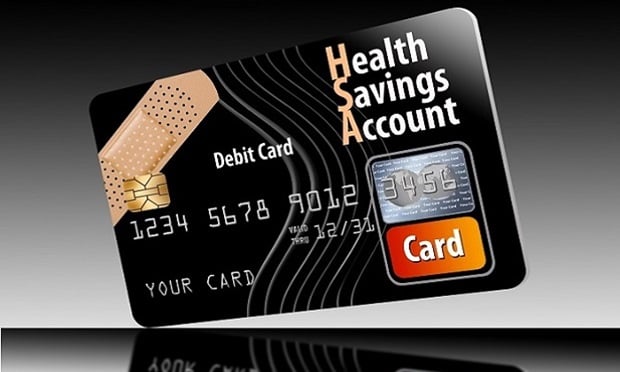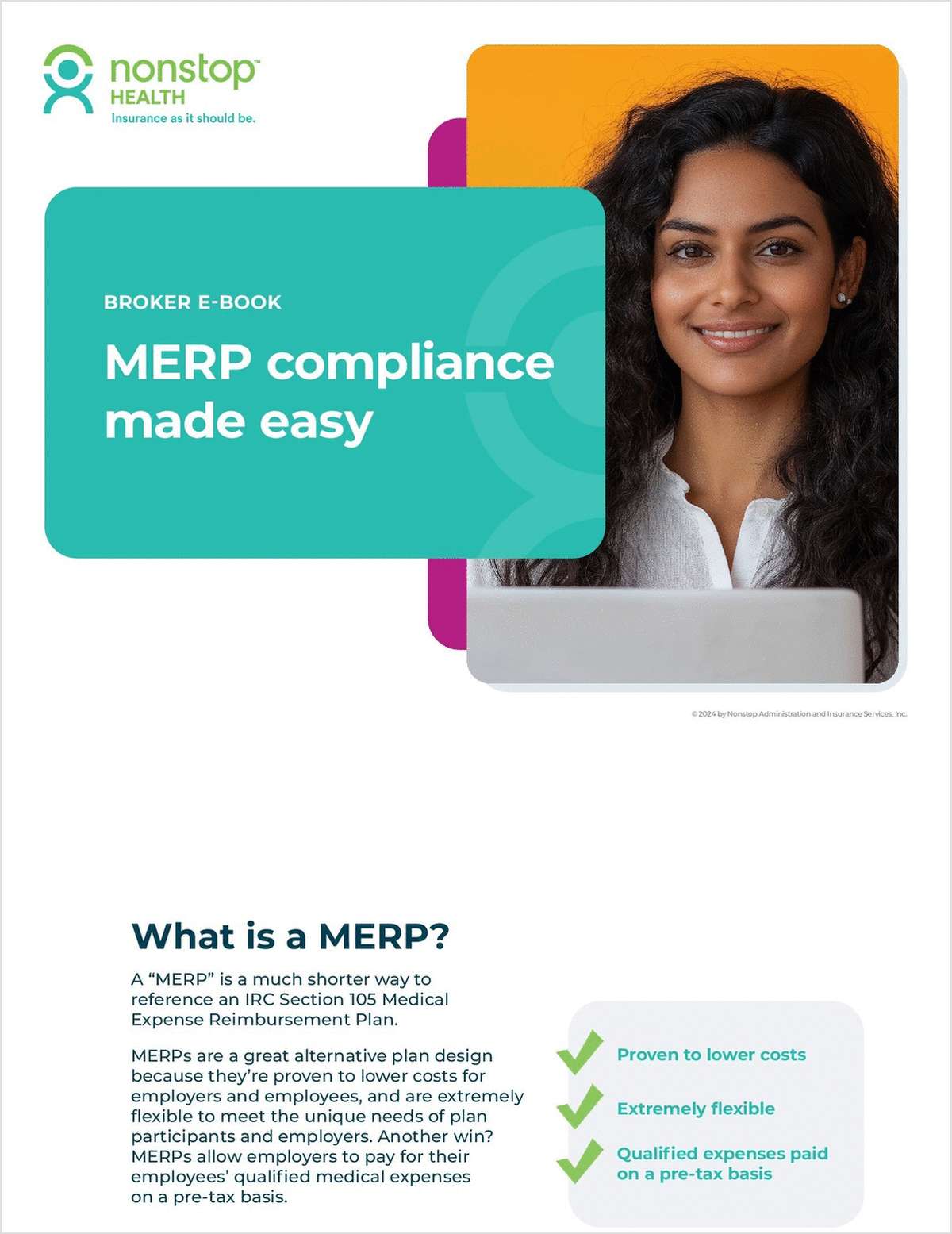 A decade ago, consumer driven health care was little more than a fad—just one more temporary fix aimed at the country's troubled health care system.
A decade ago, consumer driven health care was little more than a fad—just one more temporary fix aimed at the country's troubled health care system.But not anymore.
“There's no question that today these plans and the associated products—such as health savings accounts—are real, viable options for millions,” says Dennis Triplett, CEO of UMB Healthcare Services.
The last decade has seen massive growth—not to mention wider acceptance—of consumer-driven health care and related products by both employers and employees.
“This has changed the benefits industry in that what may have been viewed as an attractive option for small employers or individuals as a way to control costs, is now a main benefit, if not the only, for large employers looking to curb rising premiums while driving employee engagement and responsibility for their health care choices.”
The numbers speak for themselves: The number of people with HSA coverage rose to more than 13.5 million, up from 11.4 million in January 2011, according to data fromAmerica's Health Insurance Plans.
So far, in 2013, companies have reported record-breaking HSA numbers. UMB Healthcare, for one, said earlier in the year that its HSA balances savings account balances grew 55 percent in the past year, reaching $615 million as of Jan. 31.
But perhaps CDHC's biggest and brightest accomplishment has been getting consumers more invested and involved in their own health care.
“Consumer-driven health care addresses the moral hazard that has long existed in employer-based health care benefits. When the patient is really disconnected from the cost of care or associated financial risks, they have no skin in the game,” Triplett explains. “In a CDHC plan, the patient is now at the center of the health care decision process engaging with providers to make a plan for coordinated and cost-conscious care. This model also pushes providers to focus on providing less 'sick care' and more 'well care.'”
Consider research from Cigna: When compared to customers in traditional PPO and HMO plans, those in a CDHP both lowered their health risks while reducing total medical costs. They were more likely to participate in wellness programs and health assessments, and were 59 percent more likely to access cost and procedure information to help them review potential medical costs.
CDHP customers also sought preventive care, such as annual office visits and mammograms, more frequently than customers enrolled in a traditional plan.
The shift toward bringing consumers to the forefront of their care is vital to making the country's health care system work, says Bart Halling, vice president of customer solutions for UMR, the third-party unit of UnitedHealthCare.
“Although it would be hard to make the case that consumerism in itself can be the single silver bullet to all that ails the industry, it's easier to imagine the industry collapsing in on itself from the weight of unchecked cost trend growth, without the positive influence of consumerism.”
Complete your profile to continue reading and get FREE access to BenefitsPRO, part of your ALM digital membership.
Your access to unlimited BenefitsPRO content isn’t changing.
Once you are an ALM digital member, you’ll receive:
- Breaking benefits news and analysis, on-site and via our newsletters and custom alerts
- Educational webcasts, white papers, and ebooks from industry thought leaders
- Critical converage of the property casualty insurance and financial advisory markets on our other ALM sites, PropertyCasualty360 and ThinkAdvisor
Already have an account? Sign In Now
© 2024 ALM Global, LLC, All Rights Reserved. Request academic re-use from www.copyright.com. All other uses, submit a request to [email protected]. For more information visit Asset & Logo Licensing.








